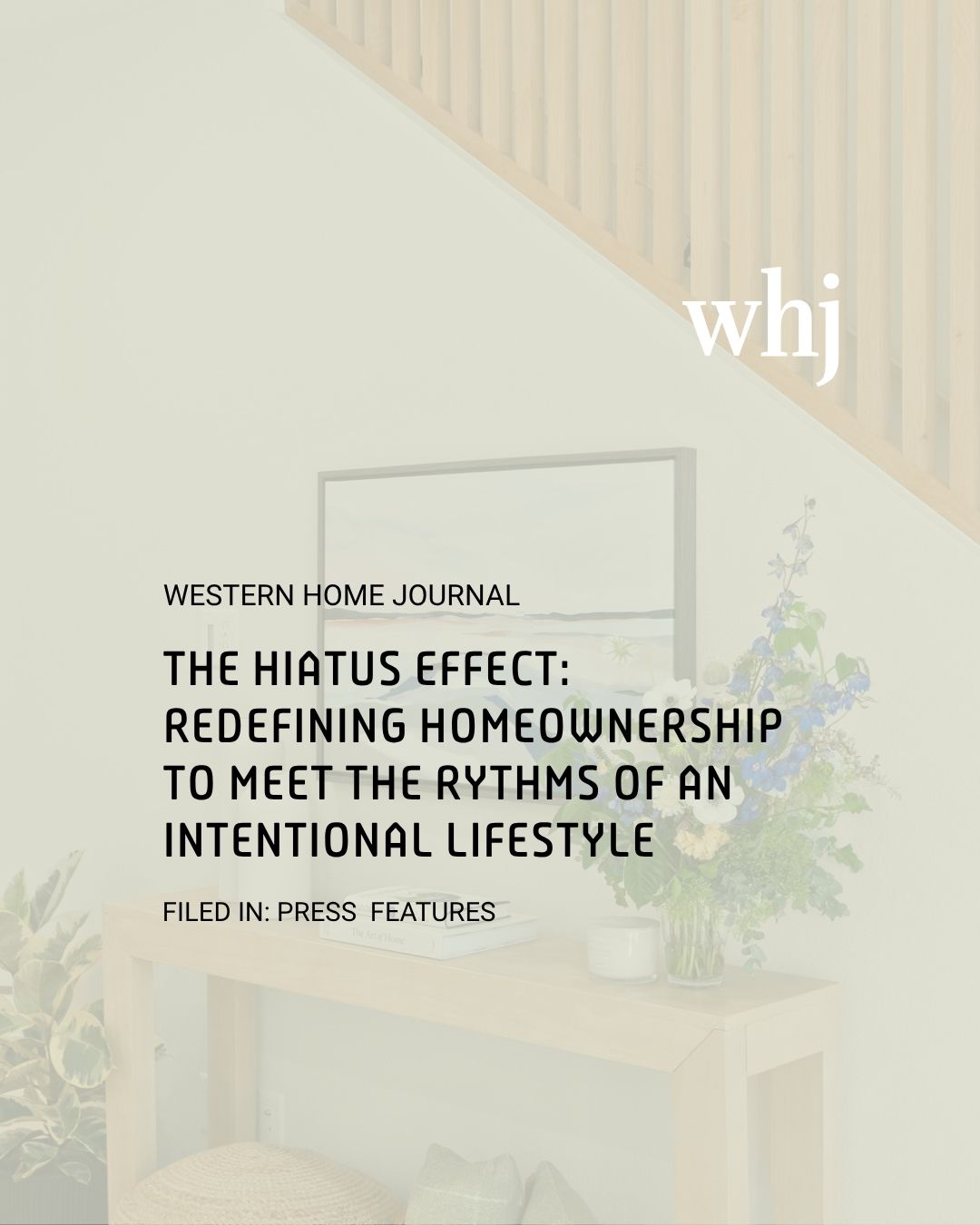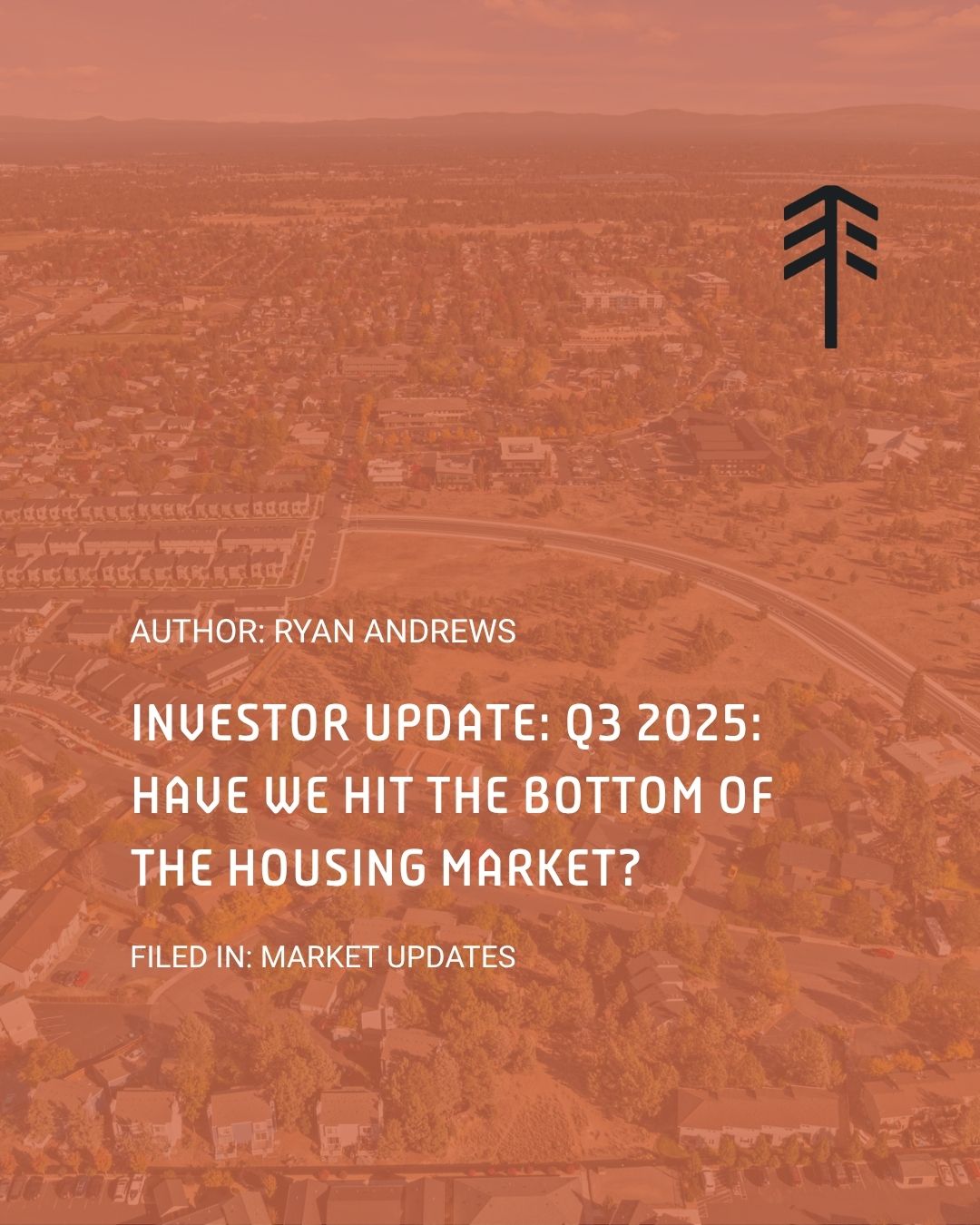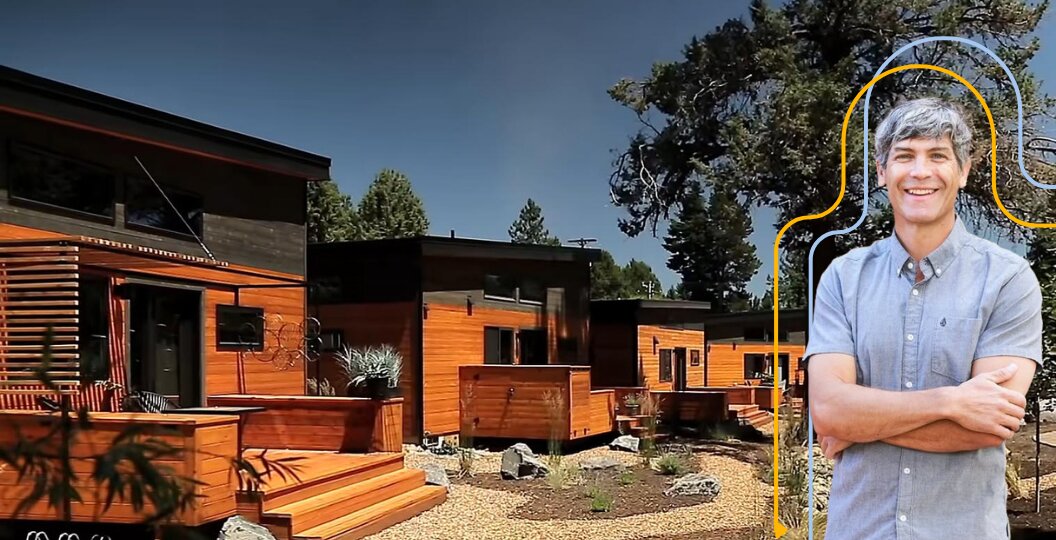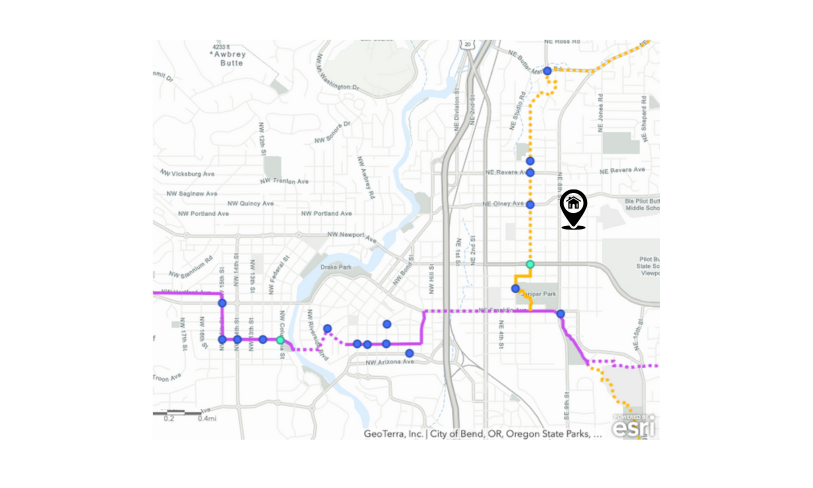When it comes to building homes, “cost per square foot” is often the go-to metric for determining value, comparing options, or evaluating investment returns. However, this measure is often skewed towards average-sized homes, leaving small home builders at a disadvantage. In the world of cottage building, standard costs and unique factors can distort these numbers, making cost per square foot an unreliable metric. Let’s explore why this shouldn’t be your top consideration and discover better ways to evaluate small home build costs.
The Impact of Standard Costs on Small Homes
In construction, some costs fluctuate with the size of the home—think lumber and roofing. Other costs, like appliances, remain fixed regardless of home size. Meanwhile, some expenses, such as foundation or bathroom tile, decrease as the home gets smaller but not proportionally. Customers, investors, and partners often ask us for cost per square foot metrics, and we almost always steer them away from this when it comes to cottage construction. Even a small home still includes all the most expensive components, such as kitchen and bathroom fixtures and finishes, as well as less visible elements like underground utilities, grading, streets, building permits, and land costs. For small homes, cost per square foot and sales price per square foot are unreliable numbers. Let’s explore why these common metrics should not be your top consideration and discover better ways to evaluate small home build costs.
Consider a new home with standard costs of $50,000
- 600 sq ft home: $50,000 / 600 = $83 per sq ft
- 2,500 sq ft home: $50,000 / 2,500 = $20 per sq ft
At over 4x the cost per square foot, you can see how in smaller homes, these standard costs contribute to inflated per-square-foot costs, and comparing the two home types using this metric doesn’t provide meaningful insight.
The Value of Averages
When it comes to homebuilding, not all square footage is created equal. Some areas naturally incur higher costs per square foot due to stunning fixtures, finishes, appliances, and cabinetry—yes, kitchens and bathrooms, we’re looking at you. On the other hand, spaces like bedrooms, hallways, and closets/storage typically come with a much lower price tag per square foot. In an average 2,500 sq ft home, these low-cost areas might only make up about 15-20% of the total space. However, in a cottage home, they can account for 30% or more of the overall square footage. Without a larger area to balance things out, this can drive up the average cost per square foot.
Larger homes benefit from averaging out lower costs per square foot areas. I’m reminded of a sweet-seeking childhood critter that helped us understand “if this, then that” principles—if you have three bedrooms in your home, then you’re going to want to add a hallway to connect them. On the other hand, when you’re downsizing or looking to build a small cottage, most homeowners choose design layouts that mean downsizing lower cost per square foot areas—a smaller, functional “great” room instead of a formal dining room, living room, and separate den. But cottage home dwellers aren’t looking to give up their kitchen or bathroom—keeping these high-value (and highly valuable) areas a necessity of their home and budget.
What Matters More Than Cost Per Square Foot?

Instead of focusing on cost per square foot, consider these three areas that offer more meaningful insight into a small home’s value:
Small Home Building Cost Consideration #1: Permitting
A Necessary Expense for Any Size Development Permitting costs can weigh heavily on a small home budget, but they are essential for any development project. Navigating the permitting landscape can be challenging, even for experienced developers. So why is this #1 on our list of what matters? How you approach permitting can have a profound impact on your project’s overall budget and return.
The good news is that many areas are starting to adjust permit costs to encourage much-needed infill and cottage housing. For instance, in Bend, ADU permits can be about 1/5 of the cost of a new single-family detached building permit. The City of Bend has also recently announced scaled SDC fees—a new building permit for a 600 sq ft single-family home won’t be as expensive as a 2,500 sq ft home. In Portland, OR, you can also save significantly on SDC costs if you agree not to use your new ADU as a short-term rental.
On the other hand, some cities allow residential properties to permit a new structure as a detached duplex or triplex, which can help you bypass certain ADU size or design restrictions. However, this could also mean higher permit costs. Which is the best route to take? That depends entirely on the individual project goals and what is most important to the landowner or developer.
Developers and motivated home or landowners can work with local jurisdictions to continue implementing policies like these, which help encourage development and reduce the costs associated with building smaller homes. Understanding the different ways you can get smaller homes permitted can significantly impact your overall budget.
Small Home Building Cost Consideration #2: Local Market and Comparable Value in High-Demand Areas
Real Estate in the US has increased nearly 47% in the last 4 years. While construction costs have also risen, they haven’t quite kept pace with the steep increase in real estate values. Cottages or smaller homes offer a window to enter the market under average market values, especially in high-demand areas like Bend, where the area median price is in the $800s.
If you’re an aspiring homeowner, purchasing land and then developing a built-for-you new home could be much less than settling for a resale home on the low end of the market that doesn’t meet your needs (and doesn’t leave you wondering who was previously trimming their toenails on your carpet).
If you’re an aspiring cottage developer, building a cottage community means offering more housing with less direct competition for this housing type. Cottages not only reach a market that is underserved, but simple supply and demand mean you can also command a higher cost per square foot home (if we were using that metric, of course) because there are fewer small homes on the market.
While 26% of buyers want homes under 1,600 square feet, only 16% of single-family homes started in 2023 were that small. And while 22% of new homes have at least 3,000 square feet, only 14% of buyers are looking for homes that large.
https://www.nahb.org/blog/2024/08/home-sizes
Small Home Building Cost Consideration #3: Maximizing Land Potential
The layout and efficiency of land use can significantly impact long-term property value. Smaller cottage homes and communities offer unique opportunities to maximize land potential, accommodating additional structures and communal spaces.
Imagine you’ve purchased a piece of land, built one single family home on your lot and then sold that real estate for $600k. Regardless of what the cost per square foot of that home is, your return is still that of the sale (minus your development and financing costs). Now imagine you’ve purchased that same piece of land but developed a cottage community with 4 individual homes. You then sell each of these homes for $400k. Even if the cost per square foot figures were higher for each than the original build, you’ve just increased your return potential for the same piece of land.
Conclusion: Choosing Value Over Cost Per Square Foot
Small homes offer unique investment opportunities, maximizing every dollar spent. In small home building, true value goes beyond mere cost per square foot. It’s about harnessing the full potential of your site, navigating the complexities of permitting, and understanding market demand to fully realize your investment’s potential. So, next time you’re evaluating a small home build, remember that value isn’t just about square footage—it’s about making smart choices that pay off in the long run.





